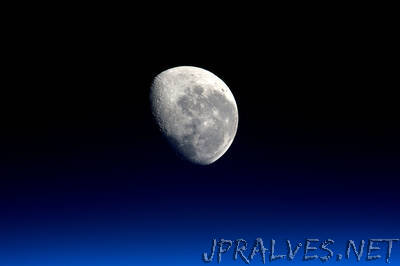
“Step outside on October 16, and take a look at the moon. Not only will the moon be full, but on that day, the moon will be at its closest point to our planet as it orbits Earth. This makes the October full moon a supermoon. The term supermoon has entered popular consciousness in recent years. Originally a term from modern astrology for a new or full moon that occurs when the moon is within 90% of its closest approach to Earth in a given orbit, supermoon now refers more broadly to a full moon that is closer to Earth than average. But why is the moon closer to Earth at some times but not others?”
